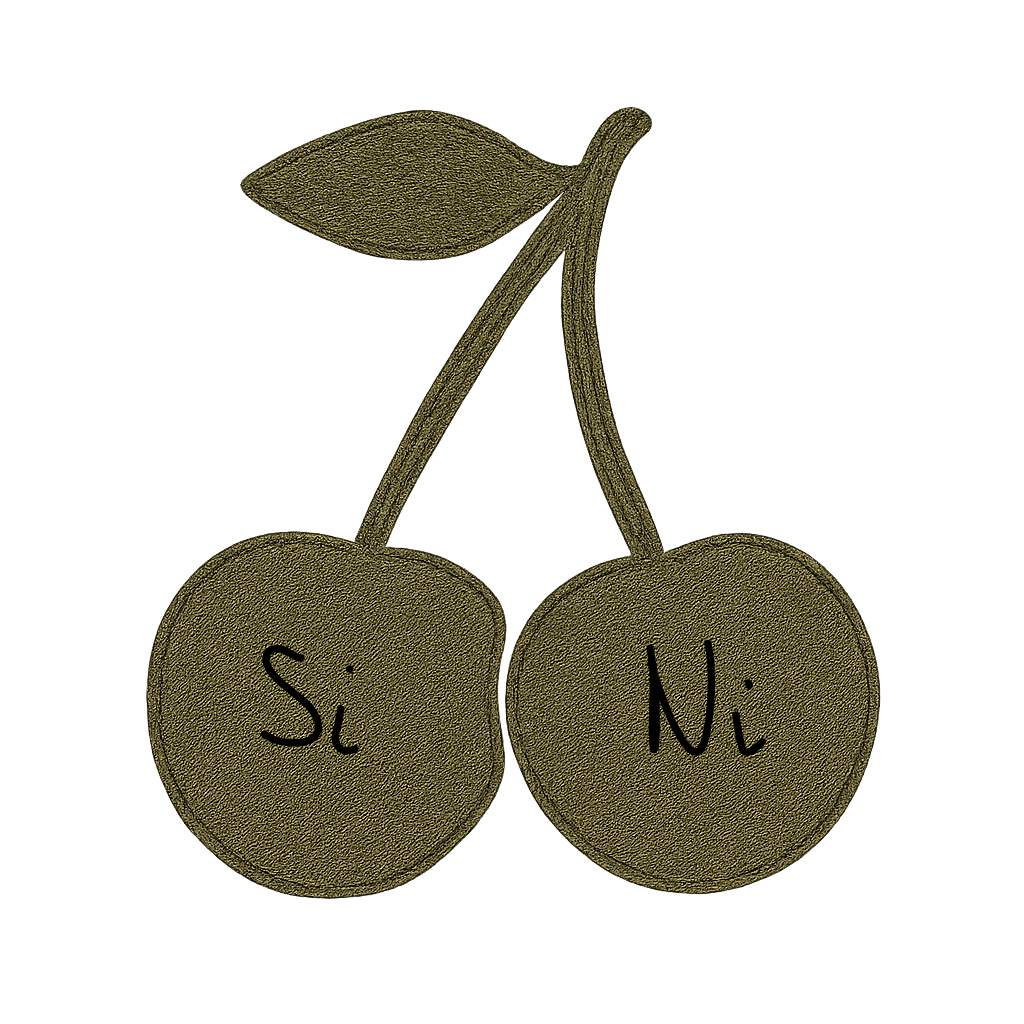Si (Introverted Sensing) and Ni (Introverted Intuition) often feel strangely alike. Both are inward-facing, deal with impressions, and create a quiet sense of “knowing” that others can’t easily see. However, their sources are completely different — one draws from the past, and the other projects into the future. Let’s break down why people confuse them, and how to finally tell them apart.
Why They Get Confused
- Both are inward and non-obvious.
- Si users don’t broadcast their mental process, they just know what feels right or wrong based on past experience.
- Ni users don’t broadcast either; they just know what’s coming or what it all means.
→ From the outside, both can look like: “They have a weird sense of knowing.”
- Both deal with impressions.
- Si impressions = stored snapshots of lived experience, sensory or situational.
- Ni impressions = gestalts of time, meaning, and trajectory.
→ To the user, both feel like a “gut memory” surfacing.
- Both can sound abstract.
- Si users, when abstracting, can sound Ni-like (“That feeling reminds me of the whole cycle of life…”).
- Ni users, when grounding, can sound Si-like (“I just know because I’ve felt this before…”).
- Both reference the invisible.
- Si: invisible continuity of the past (what’s consistent, reliable, how things have always worked).
- Ni: invisible trajectory of the future (what’s converging, where things are going, the single path that matters).
→ Both talk about things not directly in the present moment.
How They Differ
| Si (Introverted Sensing) | Ni (Introverted Intuition) |
|---|---|
| Backward-referencing – pulls from the past and inner body memory. | Forward-referencing – projects into the future or unseen meanings. |
| Feels like “this has happened before, I know this pattern because I’ve lived it.” | Feels like “this will happen, I know this pattern because it all points here.” |
| Concerned with stability, continuity, tradition, personal memory. | Concerned with trajectory, synthesis, inevitability, symbolism. |
| Anchors to specifics (how the soup tasted, what the room felt like, how an illness felt before). | Anchors to themes (this situation is like decay, rebirth, convergence, inevitability). |
| Re-experiencing memory as if it’s present again. | Concerned with stability, continuity, tradition, and personal memory. |
Example
- Si: “This ache in my chest feels exactly like the last time I had bronchitis. I should be careful.”
- Ni: “This ache feels like the beginning of something deeper. If I ignore it, it’ll evolve into a bigger health problem.”
Both start with an impression, but Si references a stored precedent; Ni references a projected inevitability.
Core difference:
- Si = What has already been lived, recalled, and internally recorded.
- Ni = What is about to unfold, synthesized into a single vision.
***
